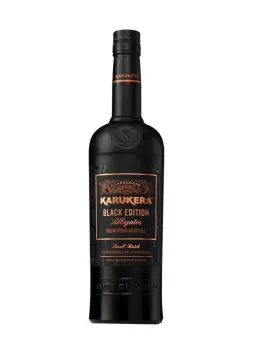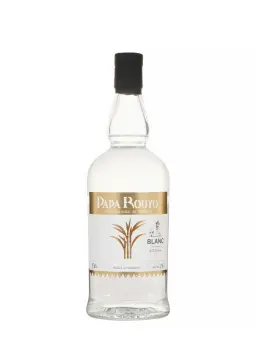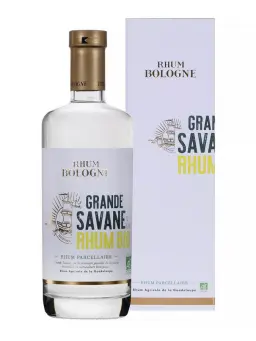
In Guadeloupe, the history of rum is closely tied to that of its sugar estates.
In this article, we present 6 must-visit Guadeloupe distilleries along with their history since their creation.
The history of Guadeloupean rum began in 1654, when the island welcomed over 900 Dutch planters from the United Provinces, fleeing the Portuguese reconquest of Brazil. With their arrival, the island’s sugar industry began to flourish.
During the first half of the 18th century, the number of sugar mills increased from 111 to 278, at the expense of other crops such as tobacco, cotton, coffee, and indigo.
In the second half of the 19th century, the first distilleries appeared, and by 1932 there were no fewer than 74 in operation.
By 1939, this number had fallen to 55 due to competition from beet sugar, along with 15 industrial rum factories that merged during this period. Today, only a dozen active distilleries remain, mainly in Basse-Terre and Marie-Galante.
Their traditional production is renowned for high-quality agricultural rums, crafted using centuries-old expertise that continues to this day.
L’histoire de la rhumerie Karukera
Karukera is a young company founded by Grégoire Hayo and François Longueteau Sr. in 2006, in Capesterre Belle-Eau, Guadeloupe.
At the time, Grégoire Hayo, then Chief Financial Officer at the Damoiseau distillery, aimed to enhance the production of aged agricultural rum—a segment still underdeveloped in Guadeloupe compared to Martinique.
They created the Marquisat de Sainte-Marie company with the goal of perfecting the maturation of locally produced rum by refining and aging the distillate in their cellars, with a special focus on French oak casks.
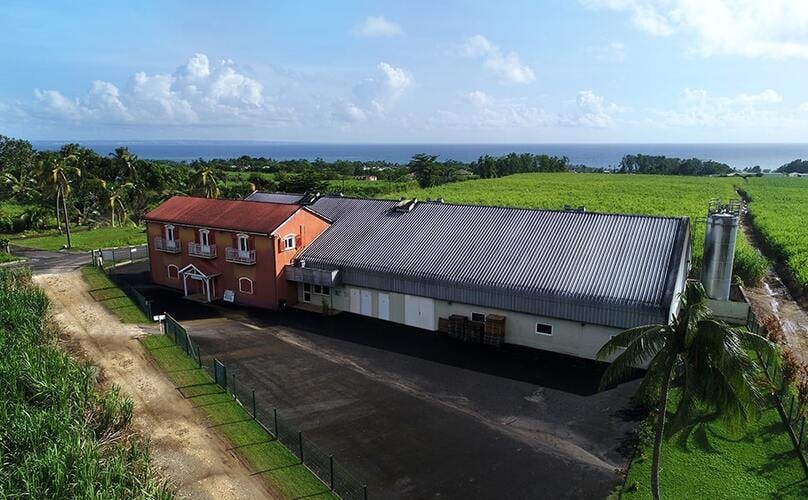
From the very beginning, Karukera has focused on innovation and quality. In 2007, the first batch of aged rum was put into casks, marking the start of their commitment to meticulous aging.
In 2010, Karukera won its first gold medal at the Concours Général Agricole in Paris, confirming the quality of its products.
In 2012, the distillery introduced its white agricultural rum, which was quickly acclaimed.
Today, Karukera ages around 200,000 liters of rum, much of which is exported internationally, particularly to Europe and North America.
The Marquisat de Sainte-Marie estate continues to grow its own sugarcane, ensuring complete traceability of its raw material.
A must-visit in the world of Karukera rum.
Karukera Black Edition Alligator
After aging in French oak casks, the Black Edition Alligator undergoes an additional maturation in new, heavily charred barrels. One of the charring processes is carried out until the inside of the cask is carbonized, giving it a rough, glossy texture reminiscent of alligator skin—the inspiration behind the name of this special edition.
This unique charring process promotes exceptional interaction between the cask and the rum, imparting brown sugar aromas along with bold flavors of spice and smoke.
The history of the Papa Rouyo distillery
The Papa Rouyo distillery, inaugurated in 2021 in Sainte-Claire Goyave, Guadeloupe, is the result of a collaboration between a collective of sugarcane growers and the descendants of Charles Albert Ruscade, known as Papa Rouyo.
This project was above all a way to honor the memory of this master grower and to perpetuate the island’s agricultural tradition.
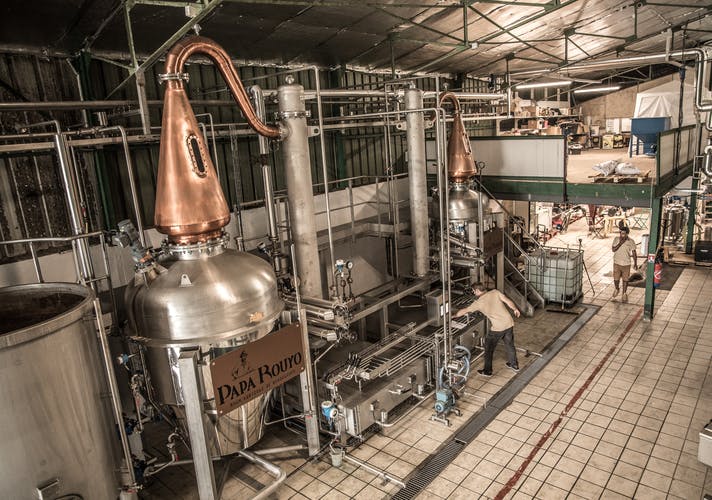
Papa Rouyo stands out for its use of batch distillation with a Charentais still, a method unique in Guadeloupe.
It’s a true return to tradition, as this technique was once used before the arrival of the column still in the Caribbean in the mid-19th century. Rum was originally distilled, from the 16th century onward, exclusively in a pot still through double distillation.
A must-try from the Papa Rouyo distillery.
Papa Rouyo The Offspring
This cuvée represents the second batch of rum in the Le Rejeton range. It is the result of blending various batches of white rums obtained through different distillations. The final product is composed of a base from the original Le Rejeton, with the addition of 10% overripe cane and 90% fresh cane, the majority of which is of the R579 variety.
The history of the Bielle distillery
The history of the Bielle distillery began in 1769 in Grand-Bourg, on Marie-Galante in Guadeloupe. At the time, the estate was a coffee plantation employing 32 growers.
In 1826, the estate expanded its activities by creating its own sugar refinery, and later, in the late 19th century, established a distillery. Bielle then began producing its own rums, which were aged in oak casks.
Since then, the distillery has produced rum from its 20 hectares of sugarcane fields. In 1940, Bielle’s production reached 26,000 liters of rum per year.
In 1975, under the leadership of Gilbert Pajot, the distillery modernized, marking the beginning of its international recognition.
By 1980, production had grown to 100,000 liters per year, a figure that has now risen to 330,000 liters.
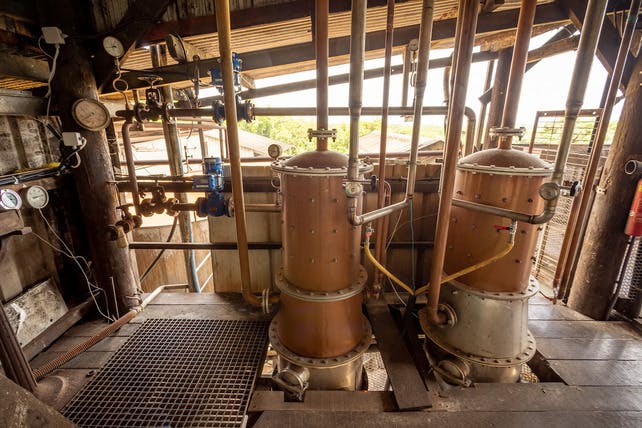
The uniqueness of this distillery lies in its experimentation with sugarcane varieties used for some of its rums. Examples include “canne grise”, Baltazia cane, and “genou cassé” cane.
Beyond this, the distillery does not grow its own sugarcane but works in close collaboration with the planters of Marie-Galante.
A must-try from the Bielle distillery.
BIELLE Blanc
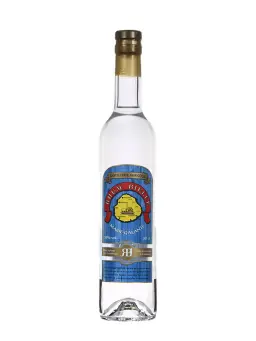
19.9 €
Bielle Blanc
This rum, a legacy of family tradition, is made from carefully selected sugarcane chosen for the exceptional quality of its juice. Representative of its terroir, it is the perfect ingredient for crafting authentic Ti’ Punch cocktails. Available in a 50cl format.
The history of the Bologne distillery
In 1580, the Bologne family, founders of the distillery bearing their name, settled in Brazil to cultivate sugarcane.
A few years later, they were forced to emigrate to the French Antilles, first to Martinique, and then to Guadeloupe.
In 1654, the Bologne family established one of the largest sugar estates in Guadeloupe, in Basse-Terre, on the slopes of the La Soufrière volcano. This estate still exists today, making Bologne distillery the oldest in Guadeloupe.
Over the years, the Bologne plantation experienced both highs and lows, like many estates of the time, particularly due to the French Revolution. A change of ownership came on May 26, 1830, when Jean-Antoine Amé-Noël purchased the Bologne estate.
In 1873, burdened with debt, the estate was sold and converted into a sugar factory, marking a significant development in the sugar industry. Despite this shift, the company failed to become profitable and was eventually sold again.
In 1887, the former sugar estate was transformed into a distillery, which was later acquired in 1932 by Louis Sargenton-Callard. He propelled the distillery onto the rum market, notably by specializing in the production of agricultural rum and focusing on aging their rums.
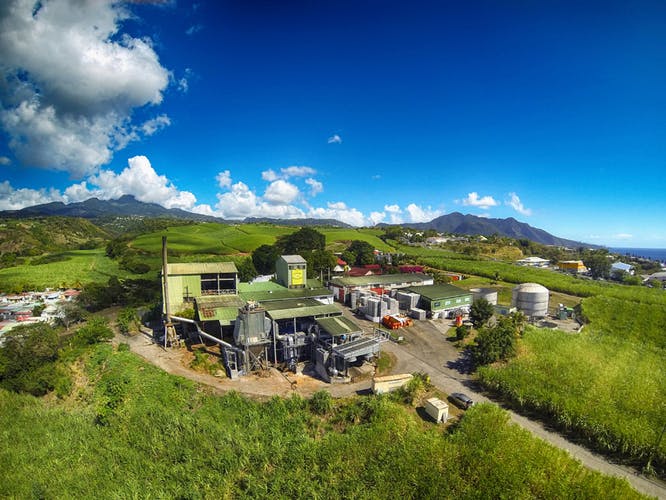
The rums from Bologne distillery are aged in French oak casks, with maturation ranging from a minimum of 3 years to over 10 years for certain cuvées. Among their flagship bottlings, Canne Noire stands out as an iconic reference for enthusiasts, showcasing a specific cane variety and unique expertise.
Bologne distillery is also behind the first organic agricultural rum from Guadeloupe, earning HVE certification (High Environmental Value) in 2021.
A must-try from the Bologne distillery.
Bologne Grande Savane Bio
Bologne has adopted parcel-based management of its estate, ensuring a rigorous selection of the finest canes and harvesting at optimal maturity. Located inland on volcanic soil, the Grande Savane plot benefits from a dry, sunny climate.
Committed to an eco-responsible approach, Bologne distillery has placed environmental considerations at the heart of its production. Through sustainable farming, Grande Savane rum is crafted from canes grown on this plot, cultivated using organic farming practices.
The history of the Longueteau distillery
Founded in 1895 by Henri Longueteau Sr., on the Marquisat de Sainte-Marie estate in Guadeloupe, this distillery is the oldest family-owned agricultural rum distillery in Guadeloupe still in operation.
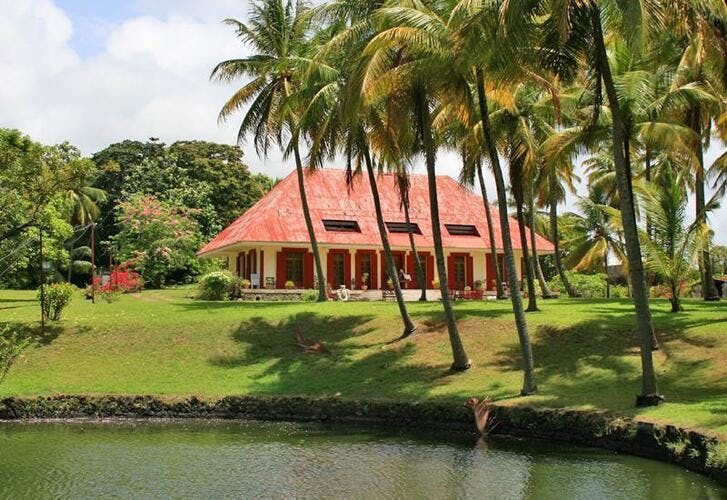
The Longueteau distillery is fully autonomous, managing everything from sugarcane harvesting to rum bottling. It is the only distillery in Guadeloupe to be entirely self-sufficient in sugarcane.
The brand owns 12 plots, all located on the Marquisat de Sainte-Marie estate, near the La Soufrière volcano. It is also renowned for its Canne Bleue expressions—always vintage rums—which highlight a specific sugarcane variety and reflect the distinct character of each harvest.
A must-try from the Longueteau distillery.
LONGUETEAU Blanc Le 55
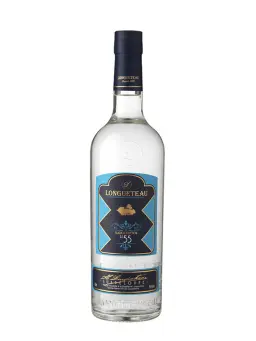
33.5 €
Longueteau Blanc
This blend is composed of 65% red cane and 35% blue cane. It is the first white sipping rum in the Longueteau range. It stands out for its uniqueness and precision, offering a distinct aromatic profile with truffle notes. Paired with Rhum 50, it forms the essential aromatic base used for cask aging in Longueteau’s portfolio.
The history of the Damoiseau distillery
The history of the distillery began in 1942, when Roger Damoiseau decided to purchase the Bellevue estate in Le Moule, Guadeloupe.
At first, the family business did not produce its own rum, instead focusing on sugar production and creating their own confectionery.
In 1968, Roger Damoiseau Jr. took over the family business and began rum production. In the early years, the rum he sold was used to repay the debt his father had incurred to purchase the Bellevue estate.
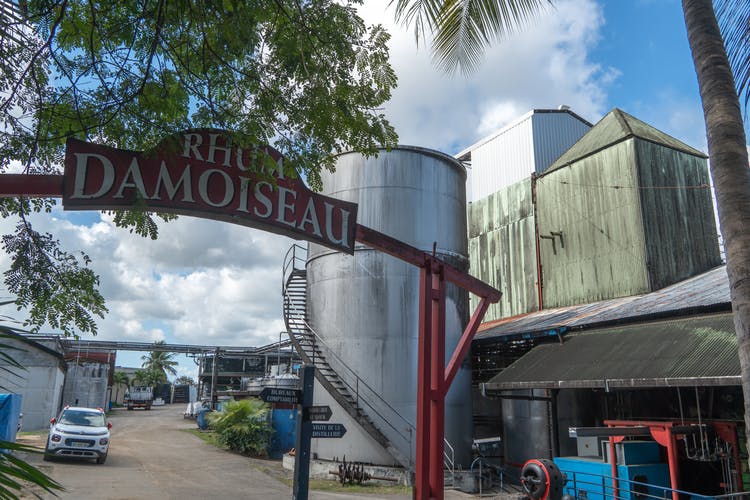
Little by little, he realized that rum sales were thriving and decided to improve the distillery. In 1995, the business was handed over to his children, Hervé, Jean-Luc, and Sandrine Damoiseau.
Today, Damoiseau distillery is one of the most efficient on the island, thanks in part to its four fully automated Rolls mills for extracting sugar from sugarcane, as well as its three column stills.
FURTHER EXPLORATION OF GUADELOUPE RUM
La Maison du Whisky has three boutiques in Paris:
In each of these boutiques, you'll find a wide selection of whiskies, rums, sakes, and other fine spirits.
Follow our tasting calendar for upcoming events, or visit the Golden Promise Whisky Bar, which offers an extensive selection of whiskies and other spirits by the glass.
You can also discover the best rum based cocktails.
